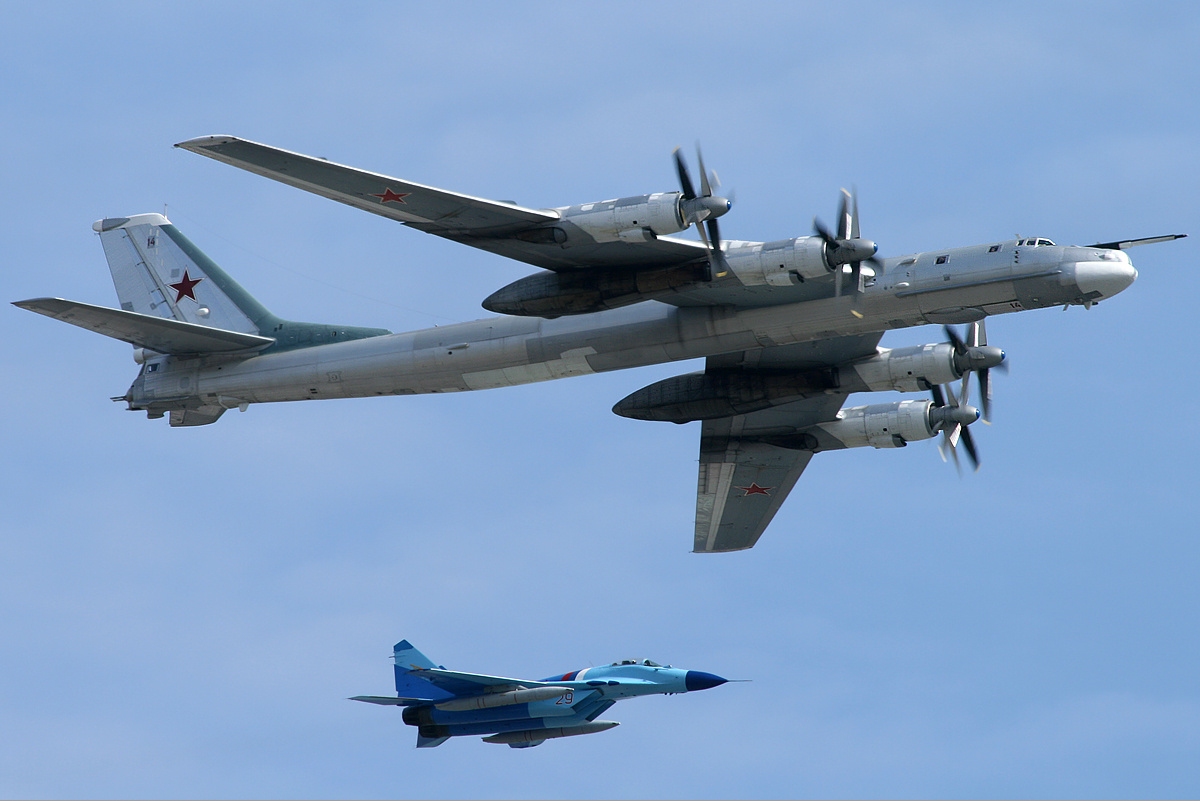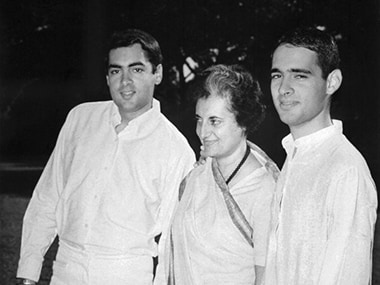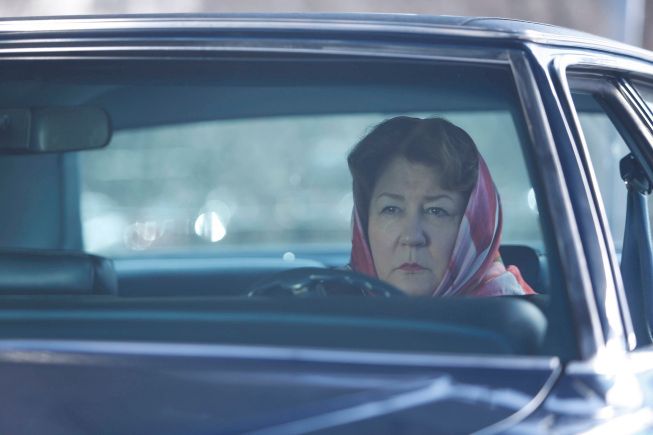The Blitz
“BURN THEM ALL! THEN LET SATAN BURN THEM AGAIN!”
-John G. Schmitz-
A blizzard had blanketed Moscow when General Secretary Kryuchkov called a meeting of the full Politburo on December 24th, 1989. The situation wasn’t at a nadir, but no one was happy with the reversals of the Fall and Japan’s entrance in the war. A sizable faction led by former General Secretary Vladimir Semichastny appealed for a negotiated peace, feeling that they could make major gains while crippling much of NATO’s might. Including the initial anti-war faction, many candidate members of the Politburo were siding with Semichastny. With the American sleeping dragon fully awakened, fear of a grinding war of attrition and the rumblings of discontent starting to sprout up concerned them. All in the Politburo had seen Alvaro Cunhal’s body swinging from the noose in Portugal – many subconsciously stroked their necks in fear.
But the committee members that controlled the voting membership of the Politburo believed victory was in their grasp. The reversals were minor, and had left the Allies with significant damage. A new set of offensives in the New Year would win the war – all the Warsaw Pact had to do was to break the spirit of the Allied nations. Use their abhorrence of wars of attrition against them, their casualty aversion to force them to the negotiating table on the USSR’s terms. Pyotr Demichev and Grigory Romanov had reserved the massive Soviet strategic bomber force for exactly such a campaign – with the massive arms reductions, the need for bombers in nuclear deterrence was not vital. The Politburo agreed with the hardliners, and the Second Blitz was born.
The Second Blitz began at 10 PM on December 31, 1989. After staging a false flag assault over the Netherlands with crack fighter squadrons – even winning a victory by shooting down 21 NATO aircraft to losing 15 of theirs – 100 Tu-95 Bear, Tu-22 Blinder, and Il-28 Beagle bombers entered France through neutral Swiss airspace. Escorted by long-range MiG fighters, their target were the industrial north and populated center of Paris. France was caught off guard by the attack, and the city was largely undefended due to this and the scarcity of SAM launchers (western doctrine called for smaller, tactical SAMs close to the front and a reliance on airpower for strategic defense). Long unused air raid sirens blared as the subdued yet festive New Years Eve celebrations devolved into chaos. The Soviet bombers unleashed their destructive payload of incendiary napalm and cluster bombs upon the civilian heart of the city. The destruction was massive, the old-style nature of the buildings providing less protection than more modernly built ones would – despite taking a near hit, the Eiffel Tower would just barely survive sheer collapse, and the Arc de Triomphe would get a large chunk blown out of it. After the bombers departed, a second wave of 15 Tu-160 long range bombers arrived with a payload of Sarin nerve gas bombs, adding to the chaos in the wee morning hours of New Years Day. In total, the Soviets lost 11 bombers to a total of over 100,000 Parisian dead and a further 200,000 wounded.
A world stunned and devastated by the sheer callousness and depravity of the Soviet assault, an enraged France would hurl every strategic aircraft it had into a Jan 5 revenge attack. Unable to muster the numbers to smash through the Soviet air defenses, they targeted the Yugoslavian city of Belgrade instead, hitting it with napalm and gas. Forty thousand civilians would die in the French retaliatory strike. On Jan 11, the Soviets would launch a second strike on the French city of Lyon, adding another 35,000 dead.
And so began the progression of the Second Blitz. Cities all around the world were hit – starting with Barcelona on January 17th. One city would be hit on an average of one or two a week, long range bombers hitting cities far from the front lines while strike fighters such as the MiG-27 and Su-24 striking cities such as Amsterdam, Brussels, Milan, and Arhus close to the front, as well as one on Tokyo. The tactics were simple, cluster and incendiary munitions (sometimes high explosive) initially while the rear bombers dropped poison gas at the tail end of the chaos to maximize casualties. As the west began shifting interceptors and SAMs to the front, the Soviets began using Scud ballistic missiles taken out of nuclear use. Naples was hit with the first wave of VX bomblet scuds, killing 33,000 after evading the SAM nets. As a result, President Rumsfeld would authorize the prototypes of the Patriot anti-Missile missile rushed into production and shipped to Europe. Losses among the Soviet bomber crews were horrendous, but most were among the hoarded elderly models and the untouched Ural factories kept churning more and more out. In a daring raid on May 1st, 200 Tupolev Backfire, Badger, and Blackjack long range bombers took off from bases at Anadyr as a diversionary raid was launched on Japan. While Anchorage had been hit in March, the rest of North America was untouched. This would change as the bombers slammed into the West Coast, hitting Vancouver, Seattle, San Francisco, Los Angeles, and San Diego. American fighters took out 70 Soviet bombers but the damage was done, the gas, napalm, and cluster bombs killing 250,000 and injuring over twice as many.
The most destructive raid would be the June 5th raid on London. Using a route from the Kola Peninsula through Iceland and the North Atlantic to avoid as many radar detection stations/aircraft as possible, the 125 Bear, Bison, and Badger bombers smashed through the deficient Irish air defenses and gunned for London while fighters drew RAF interceptors with a feint at Dover. Each bomber was armed with the Soviet triple threat, though shortages of Napalm led he main incendiary fuel to be white phosphorous instead, but several of the Bisons were armed with special “Bunker Buster” bombs with the goal of smashing through to the London Underground emergency air raid shelters. The tactic would cause massive casualties – a total of 60,000 dead – but two bunker busters from the bomber of pilot Yevgeny Vetrov would have an outsized impact. The first would smash through the road directly behind 10 Downing Street, while the second impacted in the same general location, entering the protected bunker of the Prime Minister’s residence. By the time firefighters cleared the debris, Colin Mitchell was found among the dead.
Flags were at half mast in every Allied nation, while there was silence out of the Soviet Union. Aside from several zealous leaders such as the Brazilian and Iranian communist governments, the usual exultant media releases from STAVKA weren’t forthcoming due to the death of Prime Minister Mitchell. In Westminster, the national government met to elect a new leader for the wartime crisis. Many were considered: Margaret Thatcher, Michael Heseltine, Edward Heath, and even Roy Jenkins as a compromise, but only one contender emerged as the wartime consensus. Someone who would send a signal to the abysmal morale of the British people in the wake of the death of the popular Mitchell that victory would still be theirs. Defence Secretary and grandson and namesake of the last wartime Prime Minister: Winston Spencer Churchill. Ascending to the podium to cheering members of the House of Commons, Churchill the Younger delivered his own famous lines to contrast with Churchill the Elder.
“Britons will never stop fighting. We will never cut and run. And by the grace of God, upon the end of this war the Iron Curtain will be nothing but a pile of molten slag as the communist empire burns under the white-hot flames of freedom and justice! Victory will be ours!”
Paranoid at heart, much of the obsolete aircraft in the Soviet arsenal had never truly been gotten rid of. Old jet bombers, propeller-driven aircraft designed after World War II, and retired strike aircraft were dusted off, already supplied to the far-flung fronts and tossed into the fray once the Blitz expanded to the Third World in February. Cities far less sturdily built, Bogota, Lima, Jiddah, Abu Dhabi, Dar es Salaam, Abidjan, and Benguela were saturated in firestorms by March. But the biggest “war crime” would occur in Asia.
Enraged at South Korea for resupplying Japanese forces in Outer Manchuria and for allowing the United States to use bases on its territory, General Secretary Kryuchkov himself ordered the Ides of March Raid. Coordinated with strikes on Oslo, Manchester, Algiers, Nairobi, Cairo, and Santiago, 115 bombers used Chinese airspace to assault Seoul. Completely undefended and not even expecting the attack, the densely populated city was completely devastated. Intense growth prior to the war’s end had left many buildings sloppily built, many homes and urban dwellings still made out of traditional Asian materials. The resulting firestorms rivaled the firebombing of Tokyo in destructive power, VX and Tabun bombs scything through the innocent. 270,000 South Koreans would die, the highest number in any single airstrike in human history. As a result, the Asian Tigers of Taiwan, Thailand, Vietnam, Cambodia, the Commonwealth of Malaya, and the Philippines would join South Korea in declaring war on the Warsaw Pact, joining Japan on the Far Eastern front.
Since the war’s beginning, any disagreements between factions within the Iron Curtain had been forgotten as patriotic sentiment caused them to unite in winning the war. However, with the sheer brutality and indifference to human life shown in the Second Blitz, with nearly nine million dead and counting, many of the divisions began to secretly resurface. Now, the questions whispered in hushed tones revolved around not if the Soviet Union could win the war, but whether it should.
--------------------------------
In the west, the Second Blitz turned what was already significant anti-Soviet sentiment into outright hatred. Bombings in the past were considered a painful necessity with smashing enemy industry, but the Soviet attacks – especially given the use of chemical weapons – were seen as deliberately targeting innocent civilians. Calls beginning with the enraged rants of George Lincoln Rockwell engineered into full on calls for the USSR to be turned into an irradiated wasteland, especially after the American West Coast was hit in the first real wartime devastation of the North American mainland since the Civil War. Calls to nuke the Warsaw Pact were resisted by President Rumsfeld, and he managed to restrain himself from ordering an attack on the USSR itself. Joining with the only other main strategic air power, the UK, air commanders knew that the sheer belts of Soviet SAM defenses would only prove ruinous to any retaliatory strike. While the higher echelons at the Pentagon and the White House knew that technology would eliminate this problem, a different strategy was developed initially.
The USSR was impregnable at this point. Its allies weren’t.
On March 21st – in retaliation for the Ides of March Raid – 350 B-52s and B-60s of the 12th Air Force, along with 50 RAF Avro Vulcans and new Hawker Sidley Highlanders took off for South America. The targets were Recife, Brasilia, Belo Horizonte, Rio de Janeiro, Sao Paulo, Montevideo, and Buenos Aires. Chemical weapons were banned on use against civilians by orders by President Rumsfeld (an order duplicated by Prime Ministers Mitchell and Churchill), the bombers were loaded with high explosive, cluster munitions, and incendiaries. To suppress the SAM systems, Wild Weasel escorts out of Guyana and French Guyana were combined with an innovative idea by 12th Air Force commander Chuck Horner to use AC-130 gunships in a direct SAM suppressor role. The idea worked like a charm, and the bombers unleashed their payload of death on the unsuspecting South American cities. 500,000 people would die in the American retaliation, the slums of each city suffering Dresden-like destruction.
With all restraint given up by the Soviets, the Allies gave up restraint as well. The immense numbers of the USAF and RAF were joined by the other Allied air forces in raining death upon the cities of the Warsaw Pact. Lagos, Nigeria would take the cake with 200,000 single deaths from RAF immolation, while South African and Ugandan assaults on Addis Ababa would utilize mass use of VX gas to kill 140,000. In South America, all restraint was eliminated as Brazil/Argentina dueled with Chile over how many cities each could flatten, burn, and poison, Tupolev Badgers taking on Avro Vulcans as nearly every major city with a population of over 100,000 became the victim of at least one air strike. Though many would cheer, President Rumsfeld would sum it up: “It seems that to survive, humanity has lost its soul.”
But as the running joke among NATO military leaders put it, “One Soviet general ran into another Soviet general on the grounds of the Eiffel Tower and said, ‘By the way, who won the air war?’” Both STAVKA and Brussels knew the war would have to be won on the ground and the seas. Powell and his fellow commanders planned an initial strategy of focusing on the far flung fronts first – to knock out the Soviet allies first and then concentrate overwhelming force against the Soviets. Meanwhile, Demichev and STAVKA planned the exact opposite. They would strike everywhere with massive numbers, overwhelming NATO and securing victory. But with discontent brewing on the Home Front, time to press the advantage was dangerously short.
-------------------------------
With the air war heating up, Mikhail Gorbachev had been working around the clock to convince China to enter the war on their side. He had given up on India as hopeless, given Indira Gandhi’s worsening physical condition and Sanjay Gandhi’s anti-Soviet attitudes, but felt that convincing Jiang Qing would be a much smaller hill to climb. Things had been impossible for much of the war. Qing and her allies in the politburo were dead set on not antagonizing the United States. They had carved out a sphere of influence in Asia and knew that regardless of who won they would be in a prime position to expand that influence. This calculus changed when Japan entered the war.
The People’s Republic had been petrified of the tide of rearmament by the Minseito government since Mishima was first voted into office, and was one of the only nations to react intensely to the recreation of the Empire of Japan. Anti-Japanese riots had filled the streets, and many within the PLA wanted to declare war on Japan to take advantage of World War III. Qing had rebuffed this, but the realities of Mishima’s positions left China no doubt that if the Allies won then Japan would annex Outer Manchuria. China couldn’t allow this, and negotiations began to enter the war as some sort of co-belligerent against Japan only (Kryuchkov was fine with this, knowing he could essentially outsource the Far Eastern front to China), but that idea was wiped out when the Asian Tigers entered the war after the Bombing of Seoul and America’s deployment of the 2nd Marine Expeditionary Force to Outer Manchuria. They may have had gotten away with it before, but not now. Formal declaration of war would bring NATO’s wrath, something Qing needed to avoid at all costs.
However, young Col. General Chi Haotian – commander of the Shenyang Military Region – brought forth an idea. Essentially a resurrection of the Korean War strategy, if China could send a smaller but substantial force as “volunteers” then they could bank on NATO’s desire not to fight a war with China itself and hinder Japan. Qing liked the proposal, and the Politburo voted on April 14th, 1990 to endorse it. 350,000 soldiers under now-Marshal Chi Haotian were allocated as the People’s Volunteer Army to fight in the Soviet Far East.






